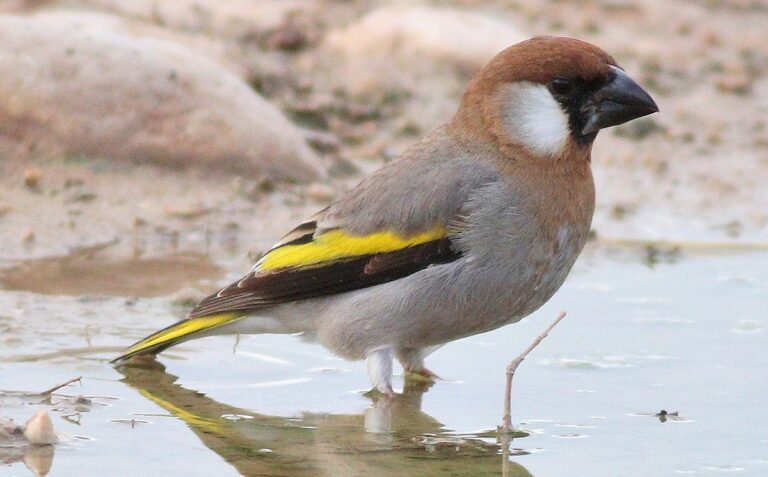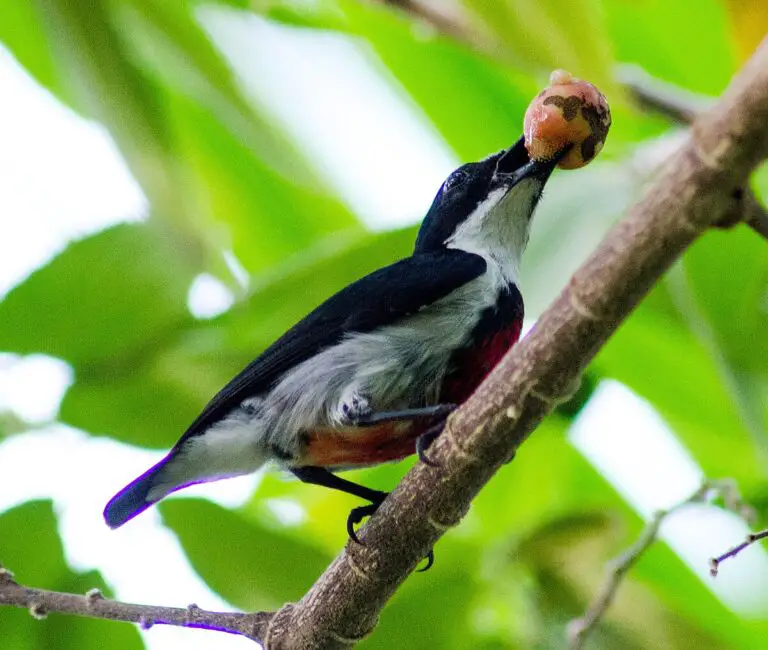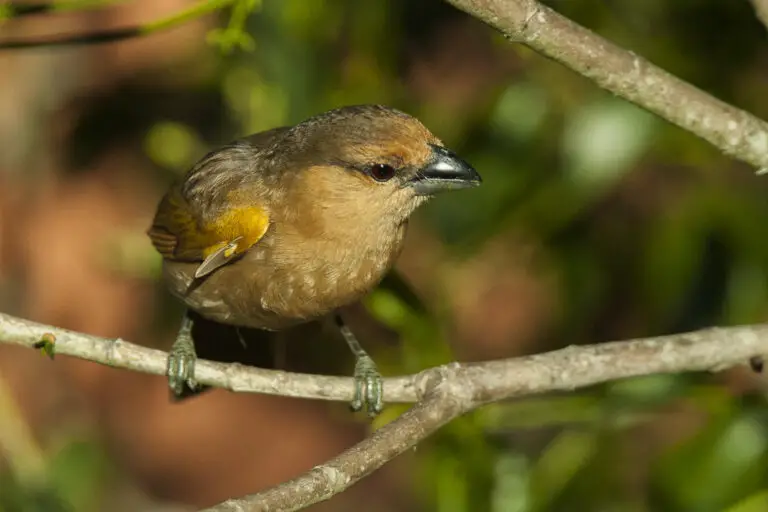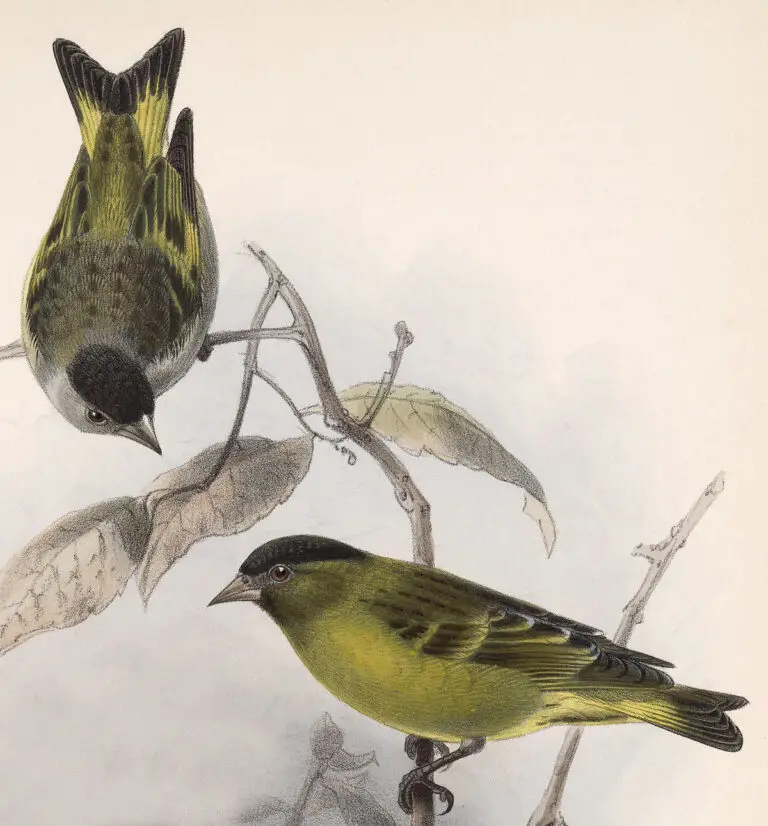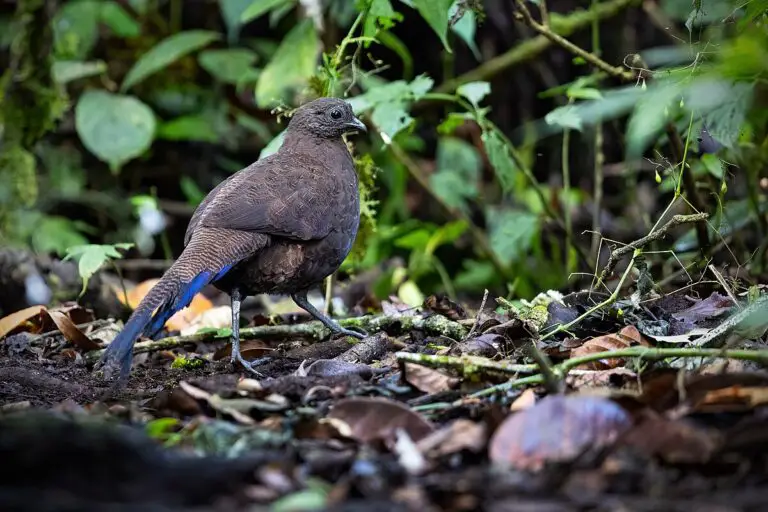Cuckoo (Cuculidae)
“The Channel-billed Cuckoo is the world’s largest cuckoo.”
Cuckoo’s Place in Science
Kingdom: Animalia
Phylum: Chordata
Class: Aves
Order: Cuculiformes
Family: Cuculidae
Genus: Cuculus
Scientific Name: Cuculidae
(For a deeper dive into animal classification, check out our Complete Guide to Animal Classification!)
Where You’ll Find Cuckoos
Conservation Status: Not Listed
Locations:
- Africa
- Asia
- Central America
- Eurasia
- Europe
- North America
- Oceania
- South America
Fascinating Facts About Cuckoos
Prey: They munch on insects.
Estimated Population Size: Somewhere between 25 and 100 million birds.
Biggest Threat: Their habitats shifting.
Most Distinctive Feature: Their feet, which are quite unique—they’re zygodactyl, meaning two inner toes face forward while the outer two face backward.
Wingspan: The channel-billed cuckoo, the largest species, can spread its wings up to 42 inches wide!
Incubation Period: It takes them about 11 to 13 days to hatch their eggs.
Habitat: You’ll spot them in forests, meadows, woodlands, and scrub areas.
Predators: Adult birds might fall prey to raptors, while nestlings might face threats from snakes and raccoons.
Diet: They’re quite the foodies, being omnivores.
Average Litter Size: During each breeding season, they lay between 12 and 22 eggs, spreading them among different nests.
Type: They belong to the bird family.
Common Name: Simply put, they’re called cuckoos.
Number Of Species: There are a whopping 127 species of them!
Location: You can find them on every continent except Antarctica.
Nesting Location: They’re quite flexible, nesting in trees, bushes, and even on the ground. Some cheeky species even lay their eggs in other bird’s nests!
Physical Characteristics of Cuckoos
Top Speed: When they’re in a hurry, they can zip along at 19 mph.
Lifespan: On average, they live up to six years.
Weight: They weigh anywhere from 0.5 ounces to 1.4 ounces.
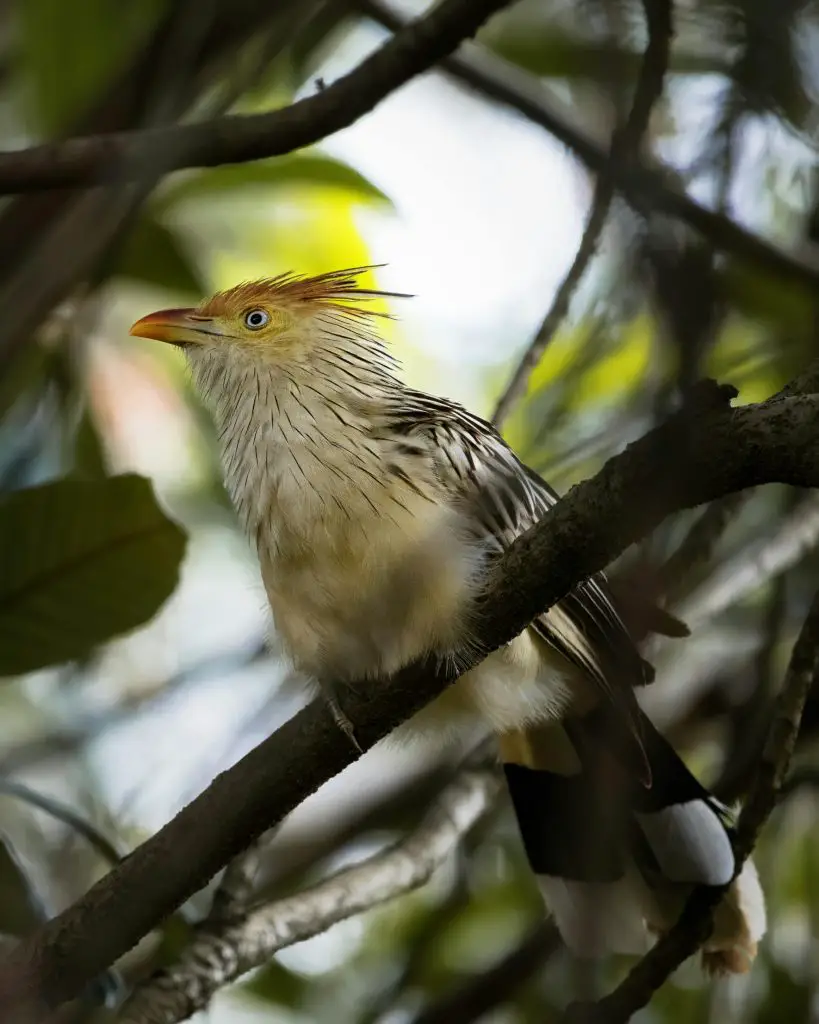
The cuckoo family of birds is a fascinating bunch, filled with intriguing behaviors and diverse parenting styles. While some tales about these birds might be exaggerated, like their notorious reputation as parasitic nesters, there’s indeed a grain of truth to the stories. Certain species within the family have been known to surreptitiously lay their eggs in the nests of other birds, leaving the unwitting hosts to care for their offspring.
With a whopping 127 species under its wing, the cuckoo family showcases a remarkable array of parenting strategies. While some species go it alone, diligently raising their own young, others opt for a more communal approach, sharing the duties of child-rearing in group nests. This diversity in parenting behavior is one of the most captivating aspects of the cuckoo family.
But perhaps the most iconic feature of these birds is the distinctive call of the males, which gives the family its name. Once you’ve heard the unmistakable “cuckoo” call, you’ll understand exactly why these birds bear that moniker. It’s a sound that echoes through forests and fields, marking the presence of these enigmatic avians.
3 Incredible Cuckoo Facts!
- Cuckoo’s Crafty Nesting: Certain cuckoo species have mastered the art of deception in parenting. They sneakily lay their eggs in the nests of other birds, exploiting the unwitting hosts to raise their young. What’s even more astonishing is that once the cuckoo chicks hatch, they often eliminate competition by pushing the host bird’s eggs out of the nest, ensuring they get all the attention and food.
- Roadrunner’s Surprise Connection: Did you know that the iconic roadrunner, famous for its appearances in cartoons, is actually a member of the cuckoo family? The greater roadrunner, known for its incredible speed on foot, can zip along at an impressive 26 miles per hour, making it not just a quirky character but also a speedy sprinter of the avian world.
- Tiny Yet Mighty: Despite their cunning and speed, cuckoos come in all sizes, including some remarkably petite species. The little bronze cuckoo holds the title for the smallest cuckoo species, weighing in at a mere 17 grams. Despite its diminutive size, this featherweight wonder still manages to leave a lasting impression with its unique behaviors and adaptations.
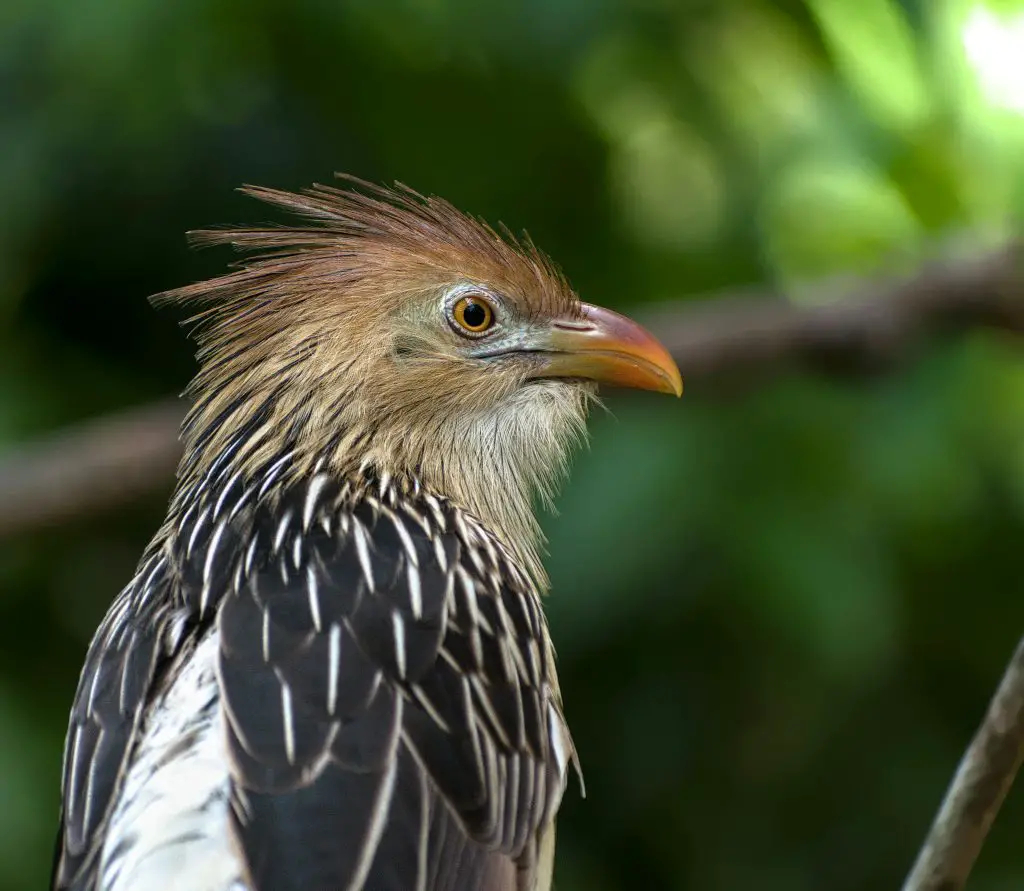
These facts showcase the incredible diversity and fascinating characteristics of cuckoos, from their clever nesting strategies to their surprising connections and remarkable physical attributes.
Where to Find Cuckoos
Cuckoos are quite the globetrotters, making their homes on every continent except Antarctica. You can spot them in a variety of habitats, from lush forests to expansive grasslands and other diverse environments.
As for their scientific name, cuckoos belong to the family Cuculidae. This scientific classification helps us understand their place in the avian world and their evolutionary connections to other bird species.
Appearance
With a whopping 127 species comprising this diverse family, accurately describing every cuckoo can be quite the challenge. However, there are some key identification features shared among its members that can help bird enthusiasts spot them in the wild.
One such feature is their distinctive feet and tail feathers. All members of the cuckoo family boast zygodactyl feet, a fancy term indicating that their two inner toes point forward while the outer two toes point backward. This unique foot structure provides them with excellent grip and maneuverability, whether perched on branches or hopping among the foliage.
Additionally, most species within this family sport long tail feathers, which serve as important tools for navigation and balance. Whether soaring through the air or scampering along the ground, cuckoos rely on their tail feathers to guide them with precision.
By paying attention to these characteristic features—those cleverly designed feet and those elegant tail feathers—birdwatchers can better identify and appreciate the diverse members of the cuckoo family as they flit and flutter through various habitats around the world.
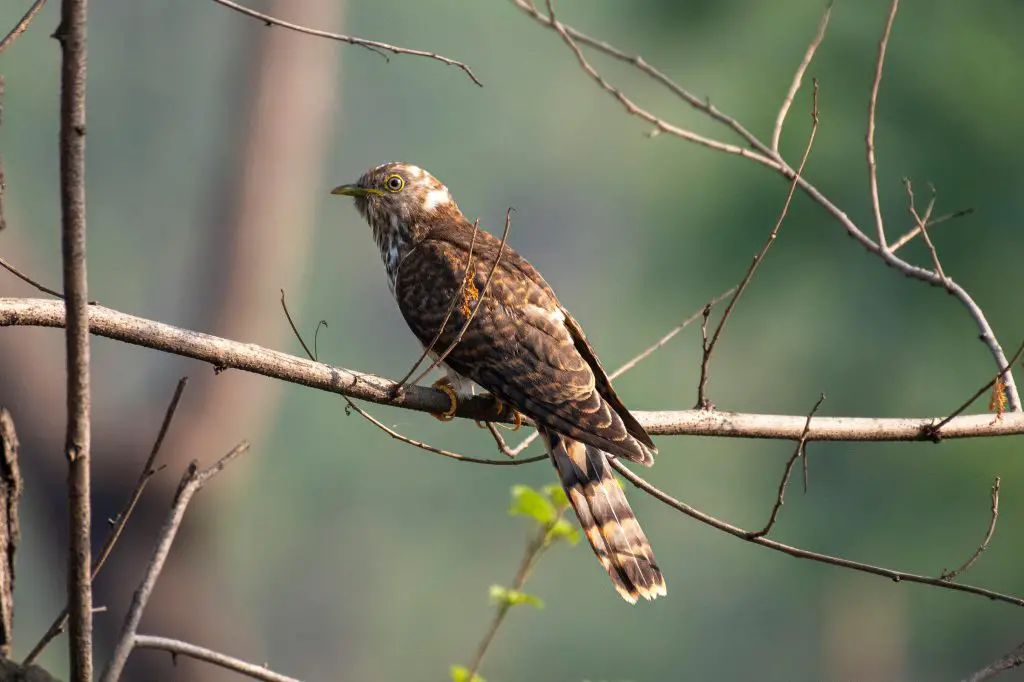
Evolution and Classification
The evolutionary journey of the cuckoo is a tale shrouded in mystery, primarily due to the scarcity of fossil evidence. However, experts suggest that an ancestor known as Dynamopterus velox played a pivotal role in shaping the species we know today. This bird, identified from the discovery of its right humerus in France, was notably larger than its modern descendants, providing intriguing clues to the cuckoo’s ancient lineage.
Belonging to the family Cuculidae, cuckoos find their place within the order Cuculiformes, a unique group of related organisms. This family stands as a sizable collective, boasting 33 genera and approximately 150 species, including anis, coucals, and the famed roadrunners.
Among the remarkable traits of many cuckoo species is their peculiar habit of brood parasitism, wherein they lay their eggs in the nests of other birds. This cunning strategy often results in their young being raised by unwitting foster parents, while the original offspring of the host bird are left to fend for themselves.
In the broader avian landscape, cuckoos find kinship with other members of the Otidimorphae superorder. This includes the Musophagidae family, whose members are frugivorous creatures with a penchant for figs. Despite their less-than-stellar flying abilities, these birds excel as sprinters and tree climbers, boasting vibrant feathers rich in the pigment turacin. Notable examples include the Guinea turaco and the majestic great blue turaco.
Additionally, within the same superorder, lies the Otidiformes family, comprising birds that thrive in vast grasslands and indulge in an omnivorous diet of seeds, fruits, leaves, and small animals. Bustards, floricans, and korhaans are among the members of this diverse group, with representatives like the impressive great bustard, the striking blue korhaan, and the Northern black bustard.
Together, these avian relatives paint a vivid picture of the cuckoo’s place within the intricate tapestry of the avian world, showcasing the fascinating diversity and interconnectedness of bird species across various habitats and evolutionary histories.
Types
Common Cuckoo (Cuculus canorus): This bird stands out with its gray plumage and striped chest feathers. It can reach up to 13 inches in length with a wingspan of 2 feet. With a penchant for migration, it winters in Africa and summers in Asia or Europe.
African Emerald Cuckoo (Chrysococcyx cupreus): Found across much of Africa below the Sahara, the male African Emerald Cuckoo boasts shimmering green plumage with hints of black and yellow, while females exhibit a more subdued coloration with red and brown hues.
Blue Coua (Coua caerulea): Sporting dusky blue feathers, distinctive double eye patches in varying shades of vivid blue, and long dark tail feathers, the Blue Coua is an eye-catching sight. It can grow up to 19.7 inches in length and weigh up to 2.1 ounces.
Senegal Coucal (Centropus senegalensis): Both males and females of this species showcase ivory chest and chin feathers, russet wings, and black crown and tail feathers. Growing to a maximum length of 15 inches, these birds are equally striking in appearance.
Violet Cuckoo (Chrysococcyx xanthorhynchus): Males of the Violet Cuckoo flaunt dark violet feathers and barred chest feathers in black and white, while females exhibit a gleaming brown-green plumage. Found in Southeast Asia, including Bangladesh, India, and the Philippines, these cuckoos add a splash of vibrant color to their habitats.
Each of these cuckoo species offers a unique blend of colors, patterns, and behaviors, adding to the rich tapestry of avian diversity across the globe.
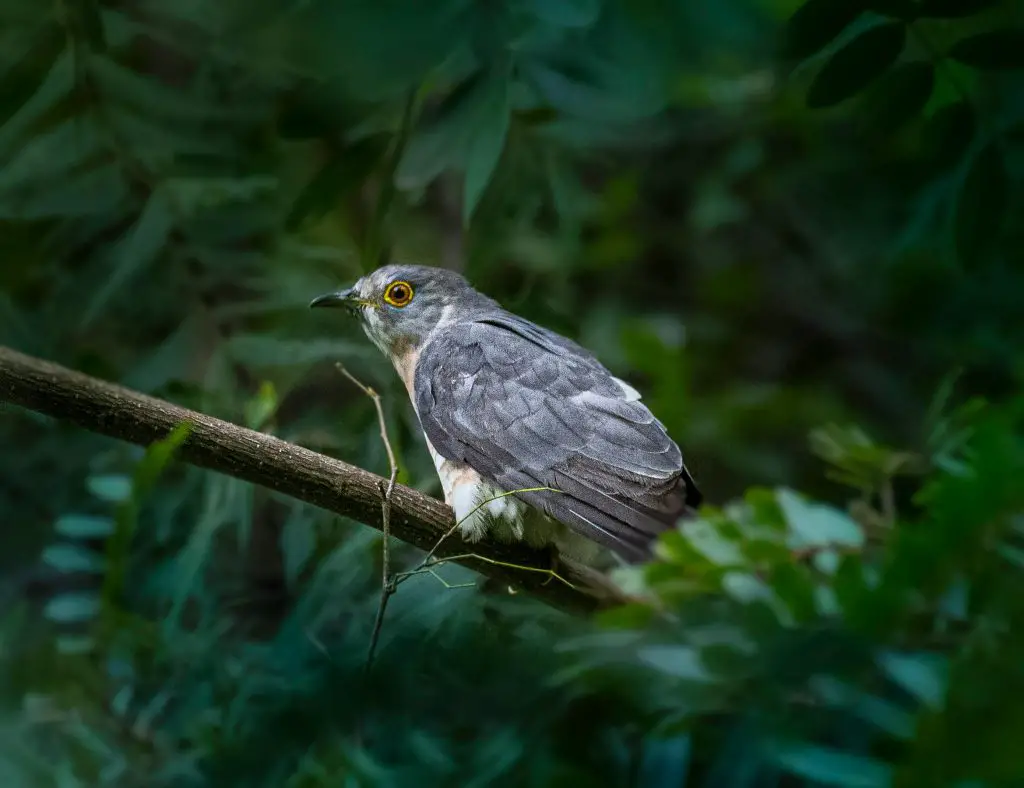
Behavior
Indeed, the solitary nature of cuckoos simplifies their identification in the wild. Unlike many other bird species, cuckoos tend to keep to themselves, rarely forming pairs or groups. This behavior, coupled with their preference for daytime activity and tendency to shy away from human presence, makes spotting them a bit of a challenge.
For the keen birdwatcher, patience and a keen ear are key. Rather than relying solely on visual cues, listening for the distinctive songs of cuckoos can often yield better results. Their unique calls echo through forests and fields, offering a tantalizing clue to their presence even when they remain hidden from view.
So, while these elusive birds may be elusive to the eye, their melodic tunes provide a delightful opportunity for bird enthusiasts to connect with them in their natural habitats.
Diet
Cuckoos have quite a diverse diet, feasting on insects, caterpillars, and various fruits. This varied menu provides them with the essential nutrients they need to thrive in their habitats. Whether they’re hunting for insects among the foliage or snacking on ripe fruits, cuckoos are resourceful foragers, adapting their feeding habits to the offerings of their environment.
Predators and Threats
Cuckoos face a variety of predators and threats in their natural environment. Among these are hawks, including species like the red-shouldered hawk and Cooper’s hawk, which hunt cuckoos as prey. These raptors are skilled hunters, posing a significant threat to cuckoos as they soar through the skies in search of food.
Additionally, fledgling cuckoos are particularly vulnerable to raids on their nests by snakes and raccoons. These opportunistic predators may target the defenseless chicks, posing a threat to their survival.
Even adult cuckoos are not immune to predation, as they may fall victim to predatory birds such as hawks. These encounters underscore the ongoing struggle for survival that cuckoos face in their habitats, where they must remain vigilant against a myriad of threats to ensure their continued existence.
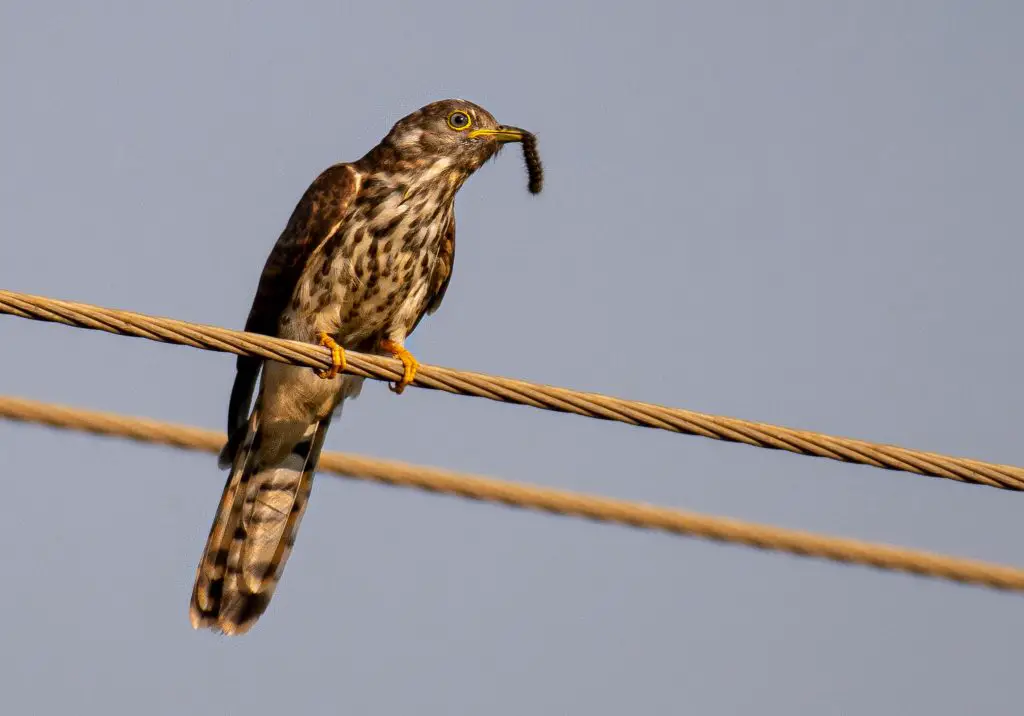
Reproduction, Babies, and Lifespan
The mating and breeding behaviors of cuckoo birds vary significantly among different species, adding to the fascinating diversity within this avian family. While some cuckoos are monogamous, particularly those that undertake migratory journeys, others exhibit more unconventional reproductive strategies.
Indeed, the notorious behavior of cuckoos laying their eggs in the nests of other birds, a phenomenon known as brood parasitism, is not universal across all cuckoo species. Instead, it is primarily associated with certain species that have evolved this cunning tactic as a means of reproduction.
In contrast, some cuckoo species engage in communal nesting, where multiple individuals share the responsibility of incubating eggs and caring for young. This cooperative approach to breeding highlights the adaptability and complexity of cuckoo social structures.
Moreover, there are cuckoo species that have developed specialized relationships with specific host birds. These cuckoos seek out the nests of these hosts, where they deposit their eggs for the unwitting hosts to raise as their own. This symbiotic arrangement, while seemingly deceptive, is a remarkable example of coevolution between different bird species.
The range of mating and breeding behaviors exhibited by cuckoo birds underscores the intricate interplay between genetics, ecology, and evolutionary pressures shaping their reproductive strategies. Each species has evolved unique adaptations suited to its specific ecological niche, contributing to the rich tapestry of avian diversity in the natural world.
Population
Cuckoos are estimated to have a population ranging between 25 and 100 million birds worldwide. This wide range reflects the challenges inherent in accurately assessing the population size of a species that occupies diverse habitats across multiple continents. While these birds are relatively abundant in many regions, factors such as habitat loss, climate change, and predation can impact their populations locally. Continuous monitoring and conservation efforts are crucial for ensuring the long-term viability of cuckoo populations and the ecosystems they inhabit.
Concluding Words…
The cuckoo bird is a fascinating and diverse group of avian species known for their unique behaviors, striking plumage, and enigmatic lifestyle. From their clever nesting strategies, such as brood parasitism, to their solitary nature and melodic calls, cuckoos captivate the imagination of bird enthusiasts worldwide. While facing threats from predators and habitat loss, cuckoos continue to thrive in various habitats across the globe, serving as important components of ecosystems and reminding us of the intricate beauty of the natural world.
